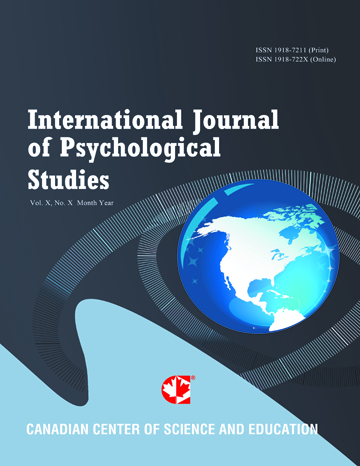Public Perceptions of False Confessions
- Madison G. Gallimore
- Elisa Krackow
Abstract
The current investigation examined the effects of two catalysts (external vs. internal) that may influence a person’s likelihood of falsely confessing to a crime that they did not commit on public perceptions of an alleged murder (coercive interrogation and desire to exit the interrogation room due to anxiety). We also varied the source (defendant, expert witness, or the expert witness plus defendant) by which participants learned of the defendant’s explanation for falsely confessing. Further, we utilized false confession and no-false confession conditions to investigate these potential impacts. Numerous effects were found in the no-false confession conditions that did not generalize to the false confession conditions. Additionally, there were several interactions between false confession condition and catalyst, as well as limited interactions between catalyst and source. The results highlight the importance of including no-false confession comparison conditions to assist in the interpretation of false confession condition results. Importantly, although there were no significant differences between perceptions of an external versus internal catalyst for confession, participants failed to fully recognize the effects of coercive interrogation on false confessions. Expert witness testimony showed limited positive impacts on public perceptions.
- Full Text:
 PDF
PDF
- DOI:10.5539/ijps.v17n4p39
Journal Metrics
1. Citations (March 2025): 10975
3. i10-index (March 2025): 233
For details about the Journal Metrics, please visit the Google Scholar website.
Index
- AcademicKeys
- CNKI Scholar
- Elektronische Zeitschriftenbibliothek (EZB)
- Excellence in Research for Australia (ERA)
- GETIT@YALE (Yale University Library)
- Harvard Library E-Journals
- JournalSeek
- JournalTOCs
- LOCKSS
- MIAR
- Open Access Journals Search Engine(OAJSE)
- Open J-Gate
- PKP Open Archives Harvester
- SHERPA/RoMEO
- Standard Periodical Directory
- The Keepers Registry
- UCR Library
- Ulrich's
- Universe Digital Library
- WorldCat
Contact
- Barbara SunEditorial Assistant
- ijps@ccsenet.org
